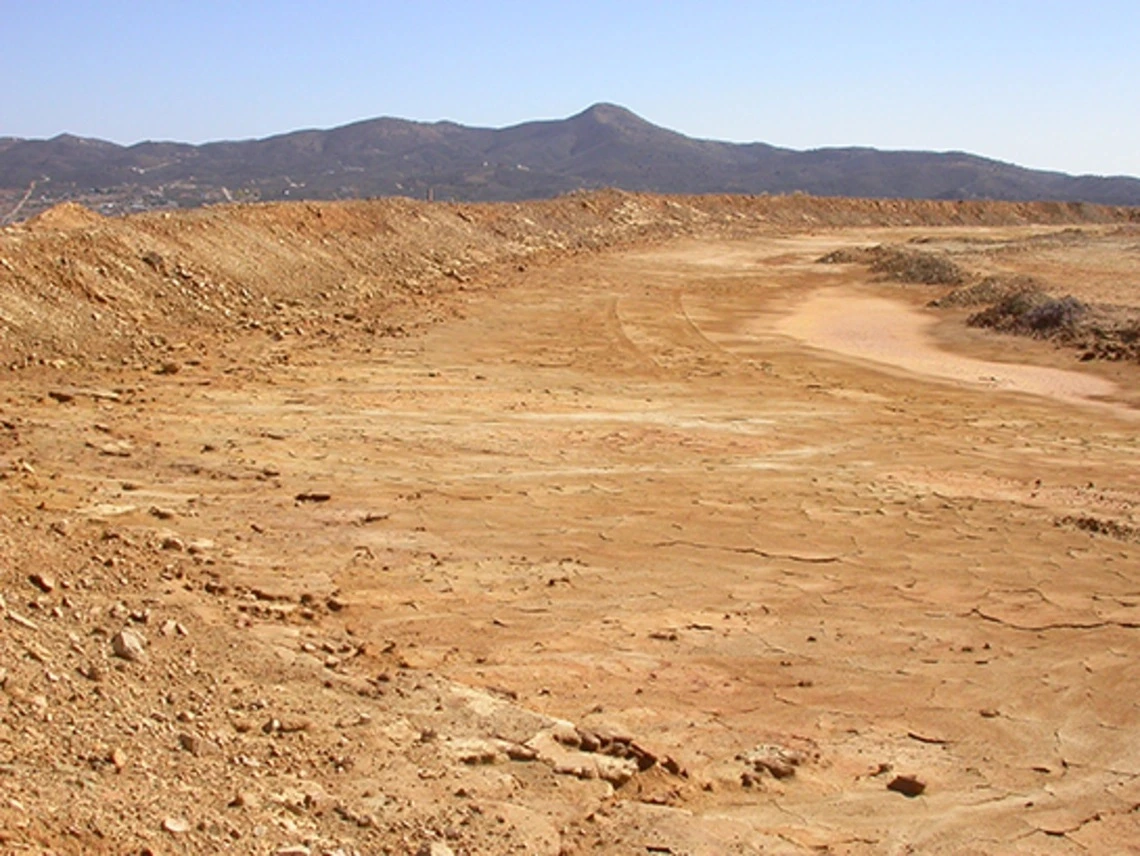Longtime collaborators secure $14.8M NIEHS grant to combat hazardous dust effects in Southwest

Toxic mine tailings remain exposed across the soil at the Iron King Mine preliminary field trial site in Dewey-Humboldt, a town in Yavapai County. Loose dust spreads contamination through wind erosion into surrounding communities.
Raina Maier
Longtime SMEMR research partners Raina Maier, professor at the College of Agriculture, Life and Environmental Sciences, and the University of Arizona Superfund Research Center received a $14.8 million, five-year grant from the National Institute of Environmental Health Sciences, a division of the National Institutes of Health. The funds will supports efforts in understanding and mitigating health threats from metalloid-contaminated dust from mine tailings and associated hazardous fungal spores, specifically within mining communities.
The Superfund Research Center, also known as the the DUST Center: Hazardous Dust in Drylands – Exposure, Health Impacts, and Mitigation, was established in 1989 and has been continuously funded by the NIH since 1997. Its work focuses on mining towns and Native Nations across the Arizona-Sonora border region, where residents face chronic inhalation of arsenic-rich dust from mine tailings – waste left over from mining operations.
"We are one of the very few programs in the United States that have been continually funded for more than three decades," said Raina Maier, professor at the College of Agriculture, Life and Environmental Sciences. "Securing a competing continuation award of this scale is highly uncommon and underscores the center's exceptional record of scientific and community impact."
